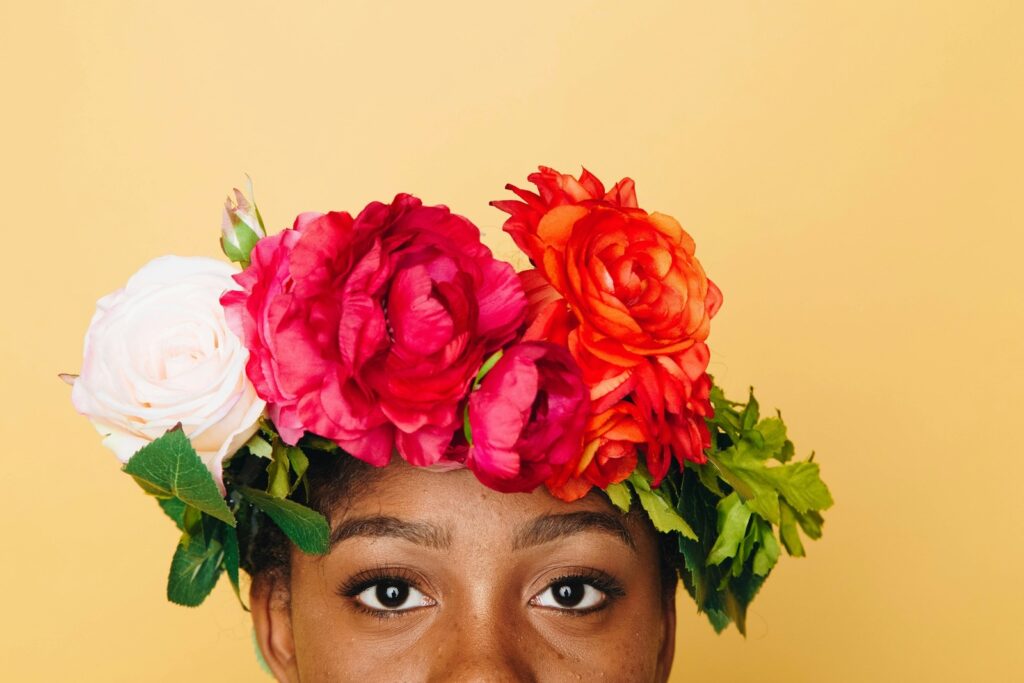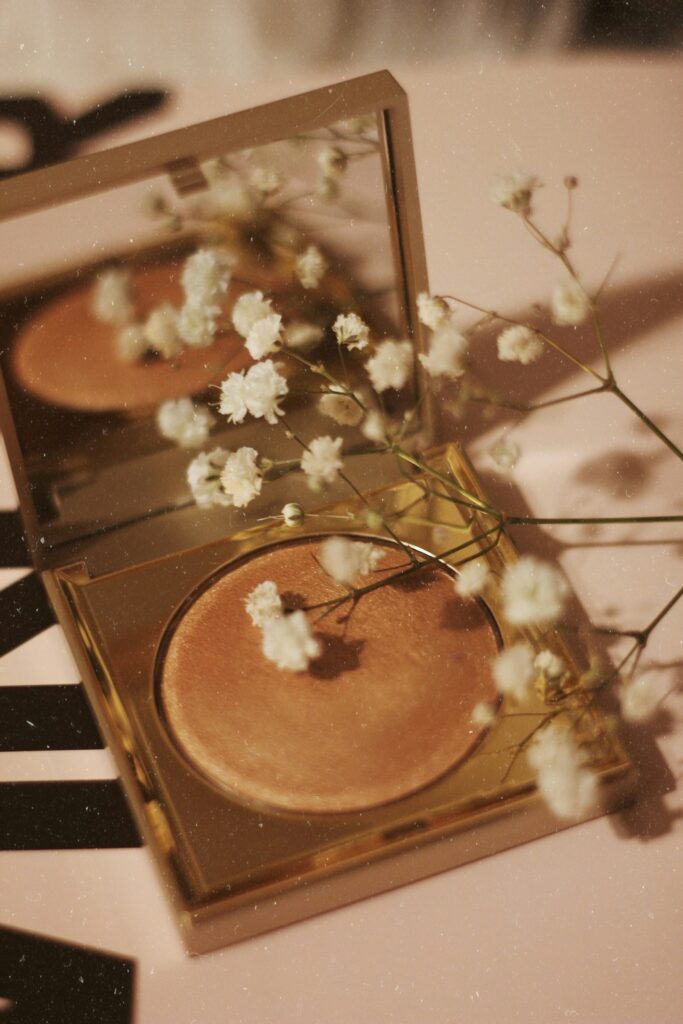South Asian Beauty Standards: Breaking the Mold

South Asian beauty standards have always pushed the idea that fair skin, long hair and a slim figure define beauty. But what happens when you don’t fit that mold?
Neehar Sachdeva knows that struggle all too well. After years of dealing with hair loss due to alopecia, she made a bold choice—to shave her head and redefine beauty on her own terms.
Now, as a representation creator, she’s showing others that beauty isn’t about fitting into a box—it’s about embracing who you are. In this episode (listen down below), she shares her journey from diagnosis to self-acceptance and what it took to fully own her look.
What Are South Asian Beauty Standards?
If you grew up in a South Asian household, you’ve probably heard it all before—fair skin is better, long hair is a must and being slim is a given ideal.
These beauty standards are reinforced everywhere, from Bollywood movies to aunties casually commenting on your appearance. For those who don’t fit the mold, it can feel isolating.
What’s It Like to Not Fit the Standards? Neehar’s Story

Neehar knew early on that she didn’t fit the traditional beauty mold. Diagnosed with alopecia as a baby, she grew up in a culture where thick, long hair was considered the ultimate beauty goal.
By fourth grade, her hair loss became more noticeable. By sixth grade, she started wearing a wig, something she stuck with all through high school. The wig helped her blend in, but it also became a source of stress.
She constantly worried about fixing it, making sure it wouldn’t fall off, and whether people would notice. It took over her thoughts and, after years of hiding, she realized she didn’t want to live like that anymore.
Finally, she made the decision to stop wearing the wig and embrace being bald. It was a big move. She knew people would stare, whisper and have their opinions. But instead of shying away, she took control.
She threw a party to celebrate shaving her head, making it clear that this wasn’t about shame or fear, but confidence and empowerment.
A week later, she showed up at her sister’s wedding, fully bald and fully herself. She knew that if she walked in with confidence, others would follow her lead.
The Impact of Beauty Standards

Trying to meet impossible beauty standards takes a serious toll on mental health and self-esteem. For Neehar, wearing a wig wasn’t just about covering up hair loss—it became a daily battle with self-doubt.
The moment she let go of the wig, she felt a freedom she had never experienced before. No more adjusting, no more worrying, no more hiding. She was just herself, and that was enough.
Of course, adjusting to being bald didn’t happen overnight. But once she made the choice, there was no going back.
She shared her journey on social media, and the overwhelming support from family, friends and even strangers helped solidify her confidence. Her story is proof that real confidence comes from accepting what you can’t change and fully embracing it.
Are Beauty Standards Changing?

Representation is everything when it comes to changing outdated beauty norms. Growing up, Neehar never saw bald South Asian women (or many bald women at all) in media, which made her journey feel even lonelier.
Now, with social media and a push for more inclusivity, things are slowly shifting.
Even after going bald, she struggled to find resources – no makeup tutorials for bald women, no tips for wedding prep without hair.
That gap pushed her to become the representation she once needed. Through her platform, she’s showing others that beauty isn’t about fitting into a mold, but about owning who you are.
Redefining Beauty and Owning Your Look
Neehar’s story is a reminder that beauty isn’t one-size-fits-all. We all have struggles, whether they’re visible or not, and true self-worth comes from within. By sharing her journey, she’s proving that you don’t have to conform to outdated ideals to be beautiful.
Breaking beauty standards isn’t about rebelling. It’s about living authentically. When you fully embrace yourself, the world has no choice but to follow your lead. And that’s exactly what Neehar is doing one confident step at a time.
Listen to the episode: Breaking South Asian beauty standards
In this interview Neehar shares the story behind her diagnosis, how she and her family navigated it, how she finally came to the empowered decision to go bald and what life has been like ever since.
Questions we cover in this episode also include:
- What beauty standards exist today?
- What are beauty standards in India?
- How beauty standards affect mental health
- How beauty standards differ across cultures
- How beauty standards affect self-esteem
- Why beauty standards are harmful
- Are beauty standards changing ?